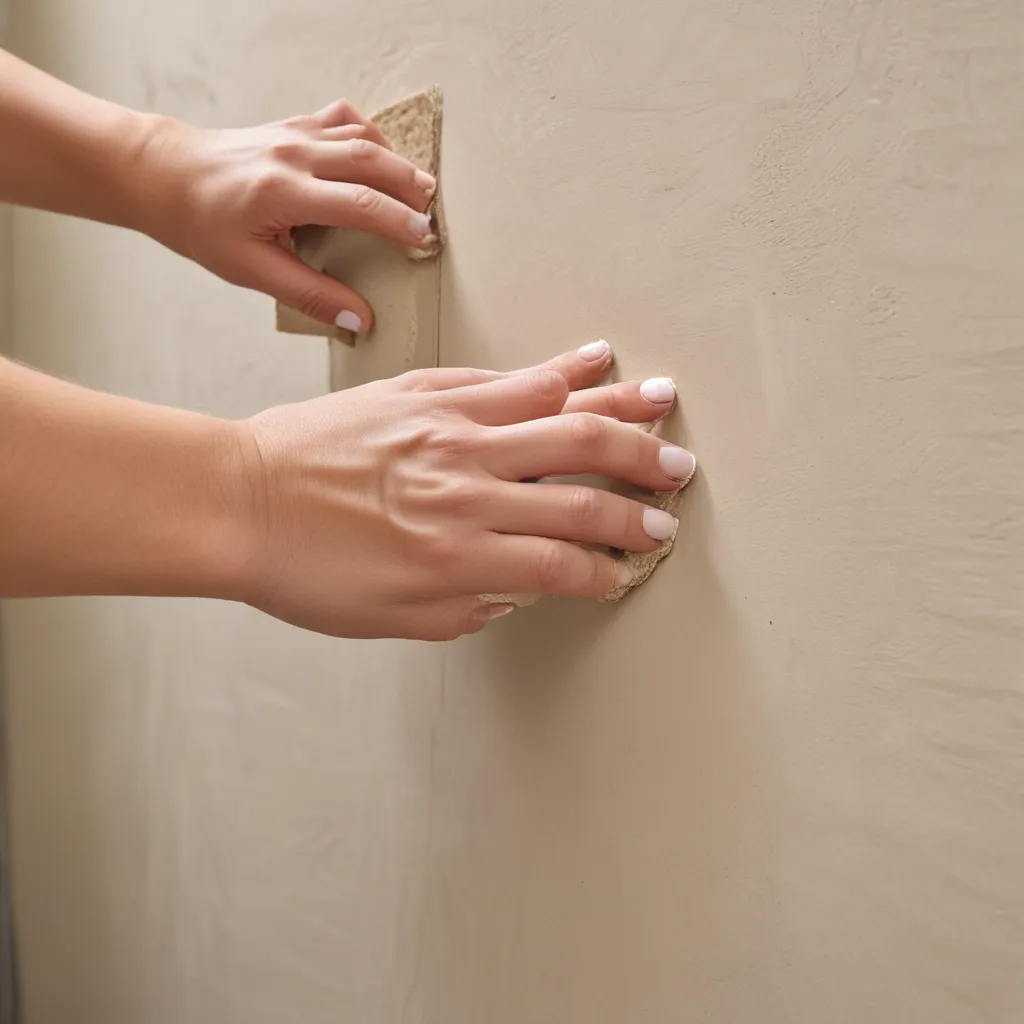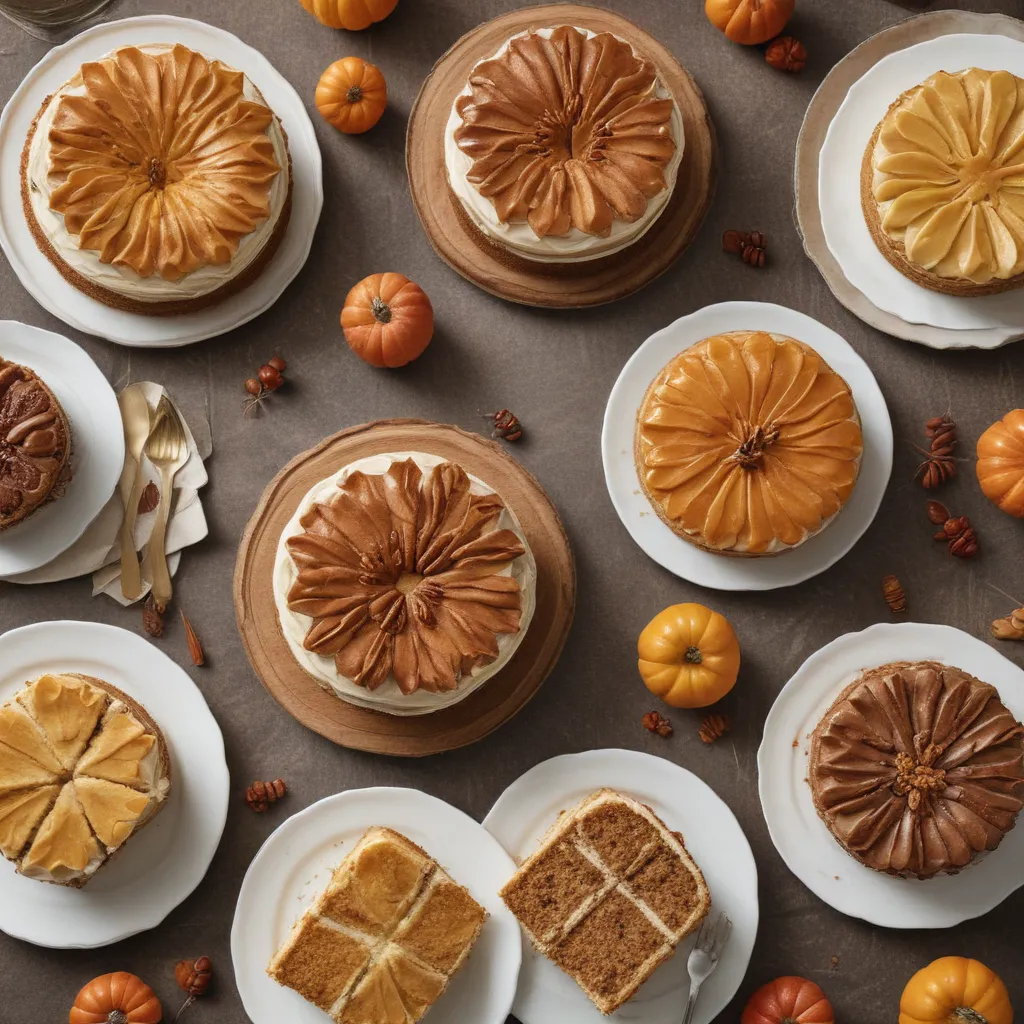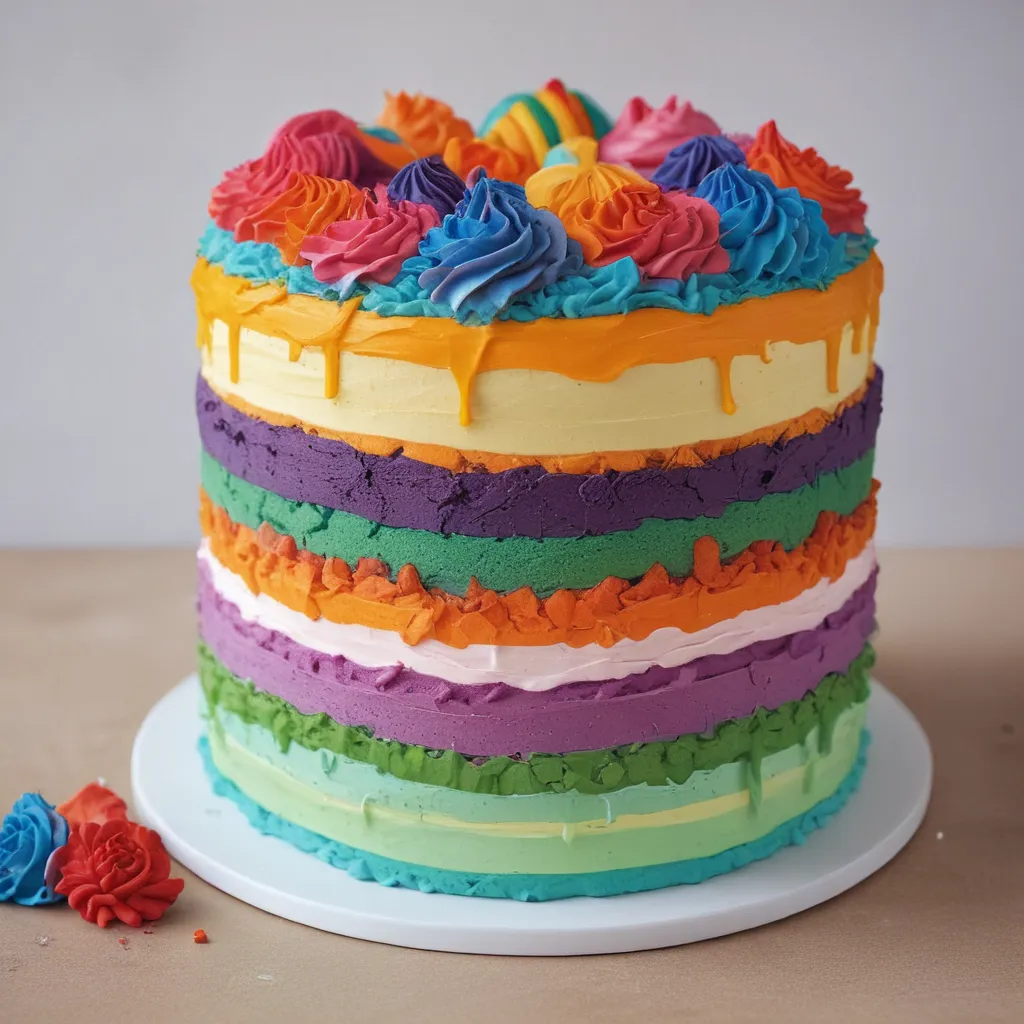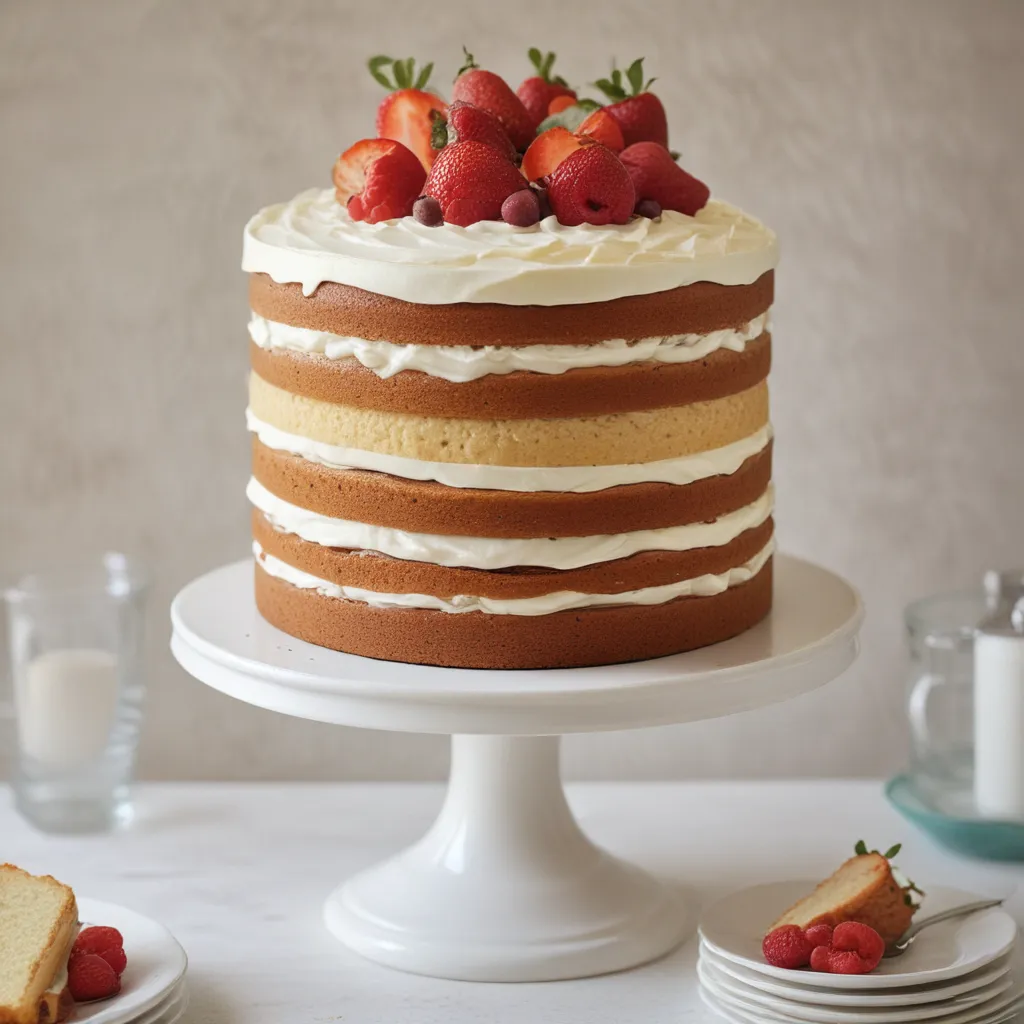
Ah, the humble crumb coat – the unsung hero of cake decorating, the silent guardian of a seamless finish. As the owner of a custom cake shop in San Jose, I’ve seen my fair share of crumb coat conundrums. From over-eager bakers drowning their cakes in gloppy frosting to those who skimp on this crucial step, leaving their confections with a bumpy, lumpy appearance. But fear not, my fellow cake enthusiasts, for I’m here to demystify the art of the crumb coat and help you achieve that elusive, silky-smooth surface.
The Importance of the Crumb Coat
Ah, the crumb coat – the unsung hero of cake decorating, the silent guardian of a seamless finish. As the owner of a custom cake shop in San Jose, I’ve seen my fair share of crumb coat conundrums. From over-eager bakers drowning their cakes in gloppy frosting to those who skimp on this crucial step, leaving their confections with a bumpy, lumpy appearance. But fear not, my fellow cake enthusiasts, for I’m here to demystify the art of the crumb coat and help you achieve that elusive, silky-smooth surface.
You see, the crumb coat is like the foundation of a sturdy building – it may not be the most glamorous part, but it’s essential for the overall structure to stand tall and proud. By applying a thin layer of frosting over the entire cake, you’re effectively sealing in any stray crumbs and creating a smooth base for the final layer of frosting. Imagine trying to paint a wall with a rough, uneven surface – it would be a nightmare, right? The same principle applies to cakes. A well-executed crumb coat is the key to a flawless, professional-looking finish.
Mastering the Crumb Coat Technique
Now, let’s dive into the nitty-gritty of crumb coat mastery. Shall we?
First and foremost, temperature is crucial. Your frosting should be at the perfect consistency – not too thick and not too thin. Imagine Goldilocks trying to find the perfect porridge; you want that “just right” texture. If your frosting is too thick, it will be difficult to spread and may even pull up crumbs. Too thin, and it won’t provide the necessary coverage and structure.
To achieve this sweet spot, I like to let my frosting sit at room temperature for a bit before using it. This allows the butter to soften and the mixture to become more pliable. But be careful not to let it get too warm, or you’ll end up with a runny, unmanageable mess.
Next, it’s all about the application. Gather your trusty offset spatula and start by placing a generous dollop of frosting right on top of your freshly baked cake. Gently spread it out, working from the center to the edges, using long, smooth strokes. Imagine you’re painting a masterpiece, but with buttercream instead of oil paints.
The key is to apply a thin, even layer that covers the entire surface of the cake. Don’t be tempted to glob on too much frosting – that will only lead to more crumbs and an uneven finish. Slow and steady wins the cake-decorating race, my friends.
Once you’ve got that initial layer down, it’s time to let it chill. Literally. Pop your crumb-coated cake in the fridge for about 30 minutes to an hour, allowing the frosting to firm up and set. This step is crucial, as it will help lock in those pesky crumbs and create a smooth, cohesive surface for the final layer of frosting.
Troubleshooting Common Crumb Coat Challenges
But wait, there’s more! No cake-decorating journey is complete without a few bumps in the road, am I right? Let’s tackle some of the most common crumb coat conundrums.
Scenario 1: The Crumb-y Catastrophe
You’ve meticulously applied your crumb coat, only to find that pesky crumbs are still stubbornly poking through. What gives?
Well, my friend, it could be that your cake wasn’t completely cooled before you started frosting. Warm cake = warm, soft crumbs that just love to stick to your spatula. Make sure to let your cakes cool completely, either at room temperature or in the fridge, before embarking on your crumb coat mission.
Another culprit could be the type of frosting you’re using. Buttercream can be a bit more forgiving when it comes to crumbs, but if you’re using a delicate, whipped frosting, you may need to be extra gentle in your application.
Scenario 2: The Dreaded Draggy Dilemma
Sometimes, even with the perfect frosting consistency, your spatula just won’t glide smoothly across the cake. Instead, it’s like trying to spread peanut butter on dry bread – a total nightmare.
Fear not, for I have the solution. A little bit of milk or cream can work wonders in this situation. Simply add a teaspoon or two to your frosting and give it a good stir. This will thin out the consistency, making it easier to spread without pulling up those pesky crumbs.
And let’s not forget the importance of a clean, well-lubricated spatula. Give it a quick rinse under warm water and dry it thoroughly before each use. A little bit of non-stick cooking spray can also help keep your spatula gliding effortlessly across the surface.
Scenario 3: The Bumpy Blunder
Sometimes, despite our best efforts, we end up with a crumb coat that’s just… well, bumpy. It’s like trying to smooth out a road after a herd of elephants have trampled all over it.
In this case, the solution lies in a little elbow grease and patience. Grab your trusty offset spatula and start gently smoothing out those lumps and bumps. Apply gentle, consistent pressure, working in small sections until you’ve got a silky-smooth surface.
And if all else fails, don’t be afraid to scrape off the entire crumb coat and start fresh. It’s better to take the time to get it right than to forge ahead with a subpar foundation.
Elevating Your Cakes with a Flawless Finish
Ah, the sweet satisfaction of a perfectly executed crumb coat. It’s like the difference between a plain, unfinished wall and a masterfully painted canvas – the attention to detail, the care and precision, it all shines through.
And let me tell you, when you nail that crumb coat, the world of cake decorating opens up to you. Suddenly, you can experiment with intricate designs, bold color palettes, and stunning textures, all without the fear of crumbs ruining your masterpiece.
Take, for example, the case of my client, Mary, who came to me with a vision for a towering, three-tiered wedding cake. She wanted something truly showstopping, but with a clean, polished look. I knew the crumb coat would be the key to making her dreams a reality.
After meticulously applying the frosting and chilling the cakes, I was able to create a flawless base for the final layer of smooth, velvety buttercream. From there, I added delicate piping details, cascading flowers, and a breathtaking ombre effect that had Mary (and all her guests) swooning.
The moral of the story? Nail that crumb coat, and the possibilities are truly endless. So, my fellow cake enthusiasts, let’s raise our spatulas and toast to the humble crumb coat – the unsung hero of the cake decorating world. With a little practice and a whole lot of patience, you too can master the art of the perfect finish.
Oh, and if you’re ever in the San Jose area, be sure to stop by my custom cake shop, Jax Cake Shop. I’d be more than happy to put my crumb coat expertise to the test and whip up something truly spectacular for you.





